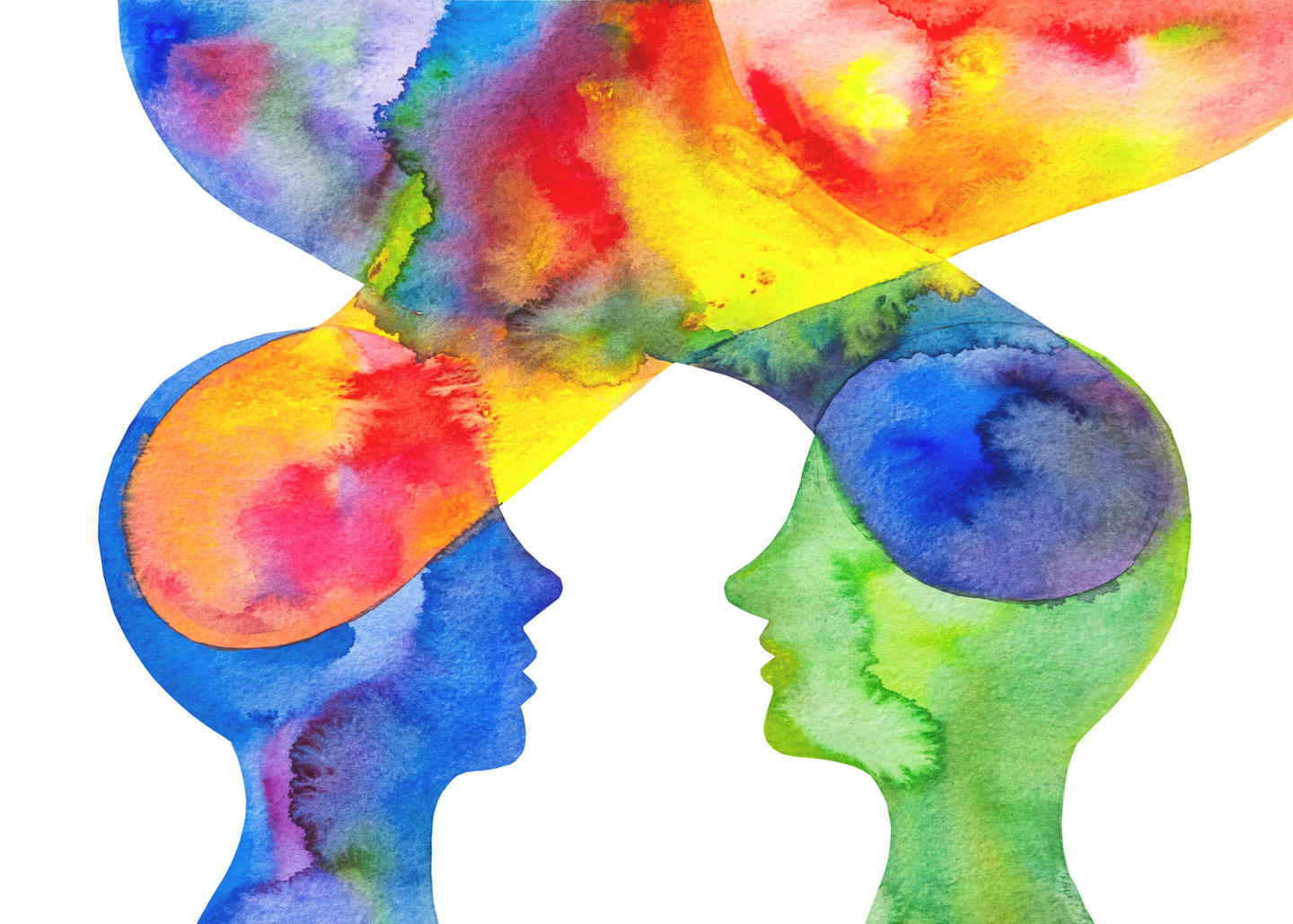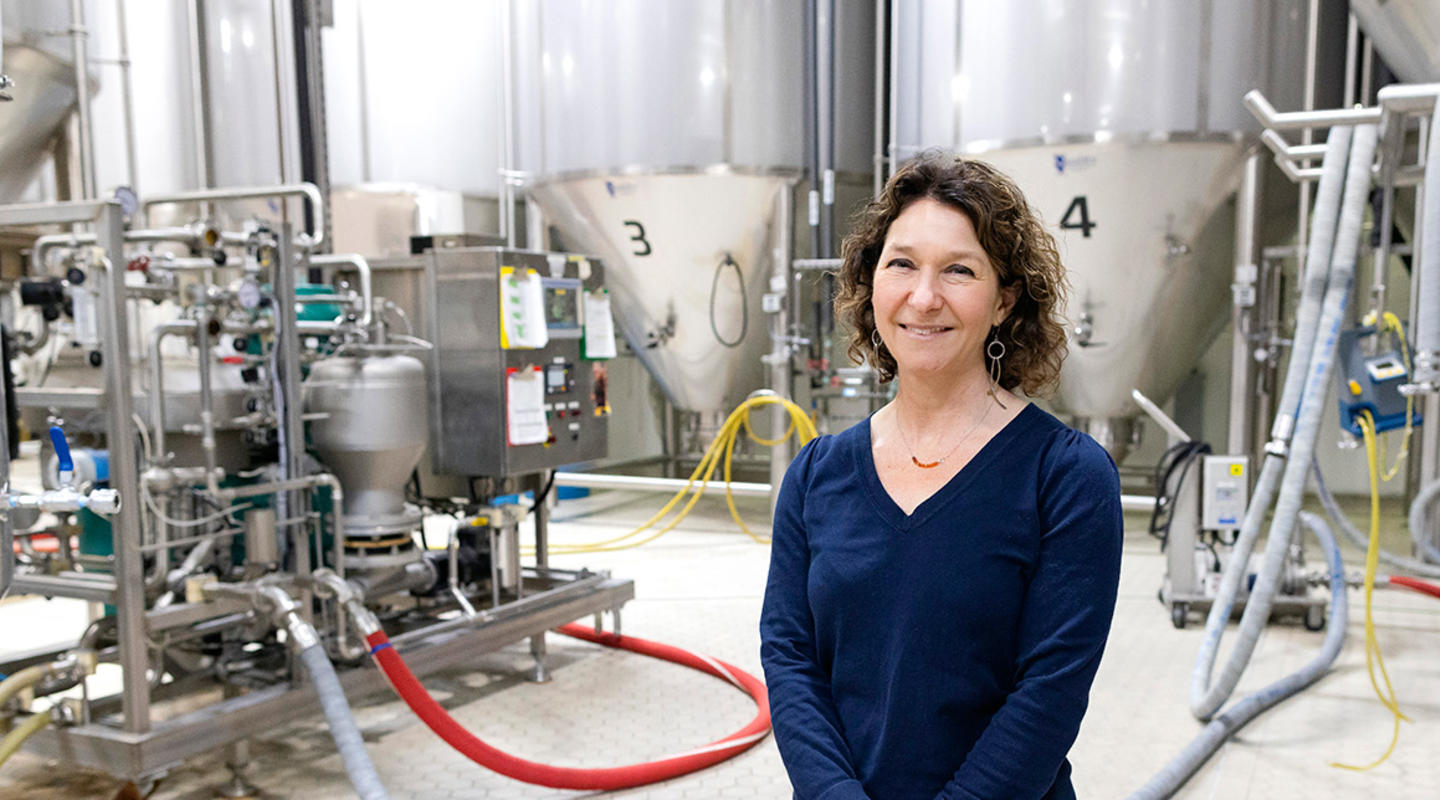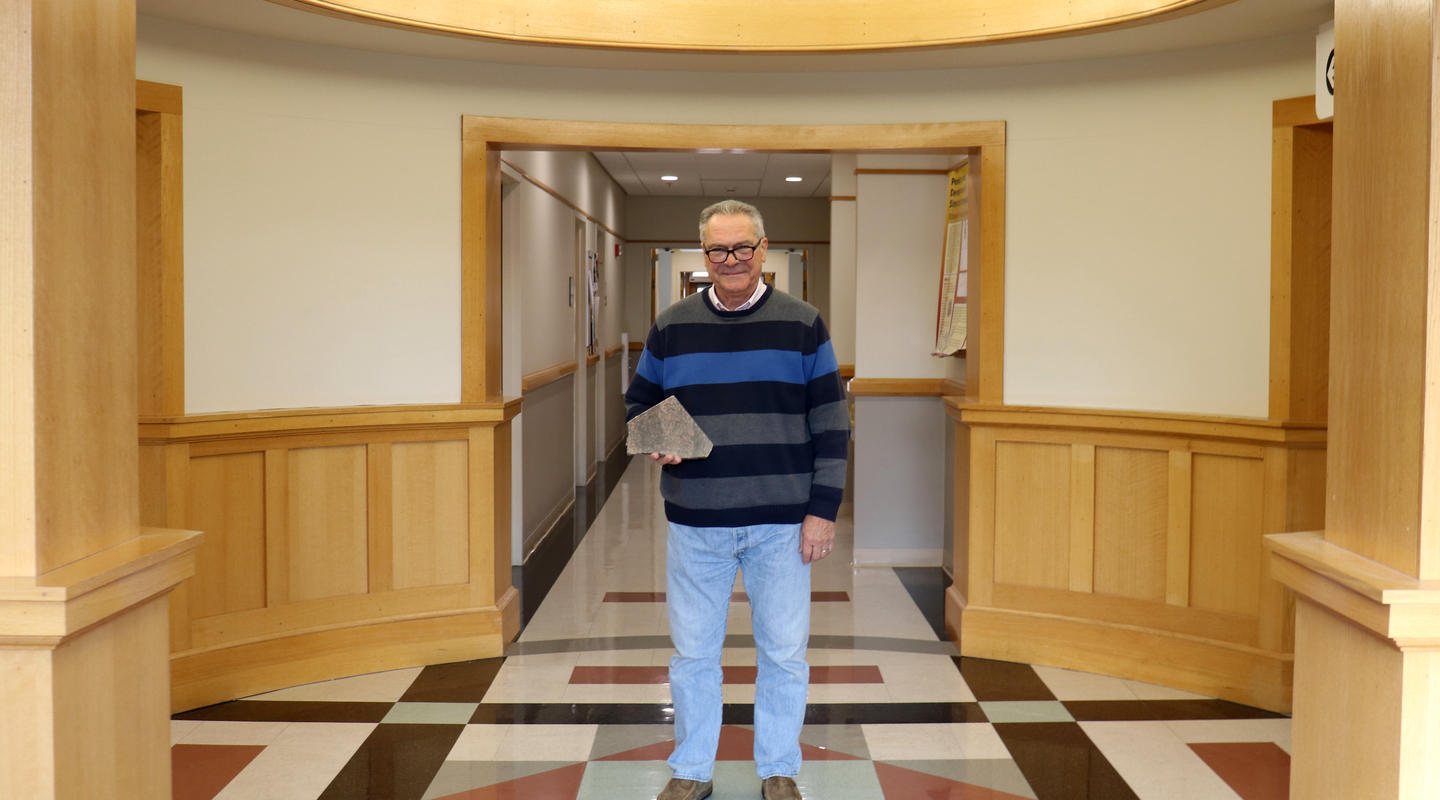
Sophia Vinogradov is quick to point out what’s missing in her field, psychiatry. “Neuroscience,” she says simply.
As head of the University of Minnesota Medical School’s Department of Psychiatry and Behavioral Sciences, she knows this seems counterintuitive. Why wouldn’t neuroscience—the study of how the brain functions—play an integral role in caring for people with mental illnesses?
“It sounds obvious, but it’s not actually what’s happening,” says Vinogradov, who is also the Donald W. Hastings Endowed Chair in Psychiatry and an M Health Fairview psychiatrist.
She explains that psychiatrists treat depression, anxiety, psychosis, and a host of other conditions, without a firm grasp of what’s happening—and, more importantly, what’s going wrong—inside the brain. Neuroscientists, on the other hand, work to unravel the complex web of connections between cells in the brain, but are often one step removed from applying those understandings to patients.
Too rarely, Vinogradov says, do experts from both fields join forces. But she’s working to change that.
Trying something new
Not long after she arrived at the U of M in 2016, Vinogradov heard about someone else on campus with a similar idea: neuroscientist A. David Redish. The two met, and Vinogradov asked Redish to speak at her first grand rounds lecture as head of the department.
That day, Redish, a Distinguished McKnight University Professor in the Department of Neuroscience and the J. B. Johnston Land Grant Chair in Neuroscience, spoke about his work in computational psychiatry.
As the self-described “computer jock” explained, computational psychiatry begins with the understanding that the brain is a computational machine, taking in information about the world and processing it to make decisions. He argued that scientists now know enough about how the brain processes information in normal situations that they can start to identify what happens when those workings malfunction and lead to mental and behavioral illnesses. His audience of psychiatrists was intrigued.
“The number of people who came up to me afterwards and said, ‘We should collaborate on this condition,’ or ‘What if we took those ideas and applied them to this other illness?’—it was amazing,” Redish recalls. “It was immediately so clear that there was something there.”
The lecture led to follow-up conversations. Those conversations resulted in a handful of likeminded psychiatrists and neuroscientists coming together to bounce ideas off one another. That group then expanded into something much bigger—the U’s NeuroPlasticity Research in Support of Mental Health collaborative, which Vinogradov and Redish codirect.
Known colloquially as NeuroPRSMH (pronounced “neuro-prism”), the group combines the expertise, curiosity, and creativity of more than 30 faculty members from neuroscience, psychiatry, psychology, health informatics, and imaging. Together, these investigators and clinicians are sharing insights and working together to translate basic science breakthroughs into the next generation of treatments for a number of mental illnesses.
“It’s a new way of doing psychiatry,” Redish says.
Brain boost
The group’s efforts were bolstered in 2020 by a prestigious $15 million Silvio O. Conte Center grant from the National Institute of Mental Health. The grant builds on existing NeuroPRSMH work—which was supported by the Wells Family Trust and the Lynne and Andrew Redleaf Foundation—and will allow Redish, Vinogradov, and others to continue a line of investigation into new treatments for psychosis, one of the most vexing mental health disorders.
The projects vary in size and scope, but the idea behind each is similar: to discover how brain cells function and work together to help us process, categorize, and understand the world we live in. More importantly, they aim to uncover how those processes can go wrong when the brain changes.
For people with psychosis, Vinogradov says, experts know that somewhere amid the brain’s vast information exchange network, something goes awry to cause the tell-tale signs of the disorder: delusions, hallucinations, and a growing disconnect from reality. But where that problem point is located, exactly, remains a mystery. That’s where collaboration with neuroscientists like Redish comes in.
“We can start to build models of what might be happening by studying interactions of small networks of cells in rat or mouse brains, for example,” Vinogradov says. “From there, we can extrapolate to understand what might be happening in the human brain.”
To do that, neuroscientists and psychiatrists will use brain games to observe how people engage in various tasks. By observing how study participants pick and choose patterns, some of which lead to rewards, for example, Redish and Vinogradov say they can determine how people process different situations. Such studies may, for the first time, shed light on exactly how the brain function of people with psychosis differs from that of those without the condition.
Redish says using this approach to understanding psychosis is a perfect example of what the NeuroPRSMH group sets out to do. Clinicians who see patients and scientists who work in labs talk to each other, and their experiences inform one another. It’s an exciting—and potentially powerful—feedback loop.
“We see the world in different ways, and we think about problems in different ways,” Redish says of experts from these two areas. “But when you put these people in the same room to talk together—not for an hour, not for a day, but for years—that’s really valuable.”




